Blog #252~DS-ASD:Teaching Personal Hygiene and Independent Living Skills at Home
The importance of teaching personal hygiene and other independent living skills at home can’t be emphasized enough. Parents, caregivers, teachers and aides are all on the front lines to support individuals with a dual diagnosis of Down syndrome and autism (DS-ASD). My son Nick is 29 years old and has DS-ASD, and honestly one of the most challenging areas to teach is personal hygiene. One thing that I have learned over the years is that it is never to early or late to work on these skills. This week we will examine specific skills and strategies to teach your loved one with DS-ASD.
Personal Hygiene and Independent Living Skills at Home:
*Using the toilet
*Putting clothes in the hamper/ hanging up towel
*Picking out clothes to wear/ dressing skills
*Brushing Teeth/ flossing
*Washing hands & face
*Putting on deodorant
*Shaving
*Beauty Regimens
*Menstrual cycle cleanliness
*Bathing/ showering & drying off
*Brushing hair
*Blowing nose
*Clipping nails/ tolerating and desensitizing nail clipping
From the list above, consider the strengths of your child, start with a more preferred activity and build from there. Offer support using visuals or visual modeling with breakdown of the steps. Here are a few examples, many of which you can get from Google Images and YouTube. Consider whether the child responds better to understanding actual photographs, videos or Picture Exchange Communication(PECS) Symbols. Many speech and occupational therapists have visual supports that they can share with you. So, be sure to ask your child’s school or private therapists for these as well.
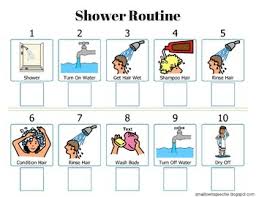
Washing Hands Routine:
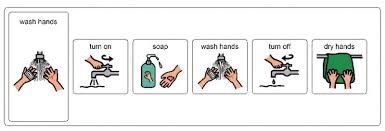
Shaving Photo Visuals on a Key Ring:
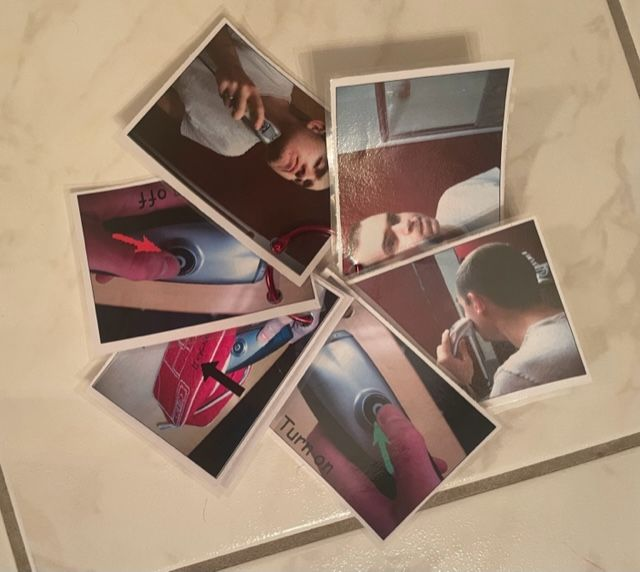
Video Modeling of Brushing Teeth:
Over the years, we have used all of these visual supports and modeling techniques to teach these tasks. It can be very beneficial to work with a BCBA behaviorist who can help target skills, breakdown the steps and practice on a consistent basis. The BCBA can also build in schedules and rewards to help support and motivate your child.
Here are some great resources for teaching personal hygiene and boundaries by author Mary Wrobel:
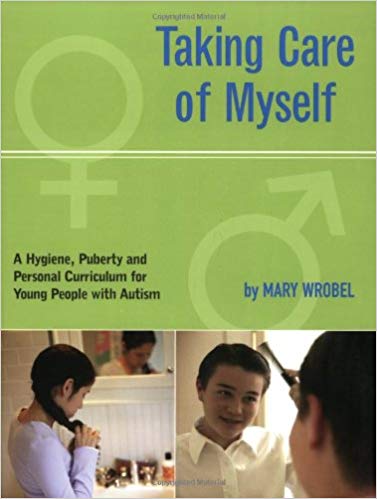
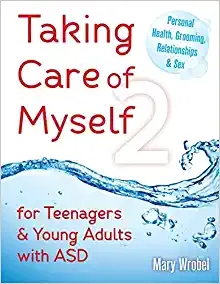
Independent living, hygiene and home management skills help to build confidence, a sense of ownership and belonging. Building these skills sets will give your child more jobs/day program and housing options when they become an adult.
To view more independent living skills click on the two previous blogs:
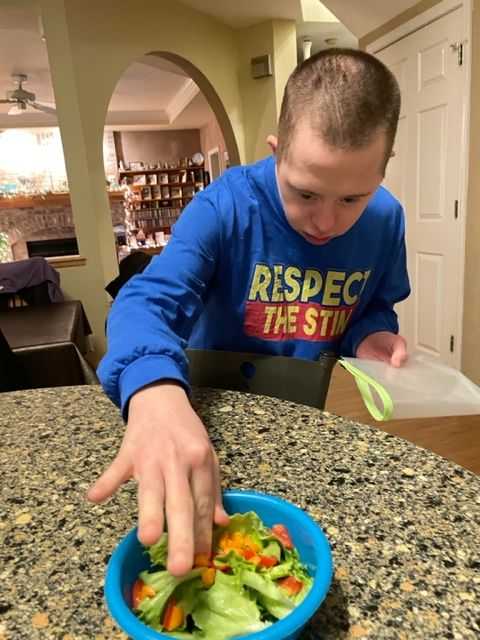
We hope that you have gained some insight and strategies for building independence from the past three blogs #250-252. Our goal and passion is to make this road of a dual diagnosis easier for other families. We also want to inspire you as a parent, teacher or caregiver to help your child reach their full potential. 🙂
For more information on navigating co-occurring DS-ASD in my book. Click here to order: https://amzn.to/2W3Un6X
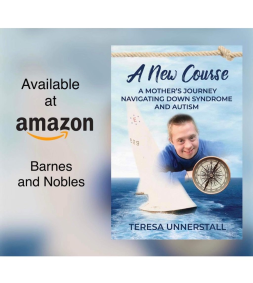
That’s what is in my noggin this week.
~Teresa 🙂
Follow on Social Media:
